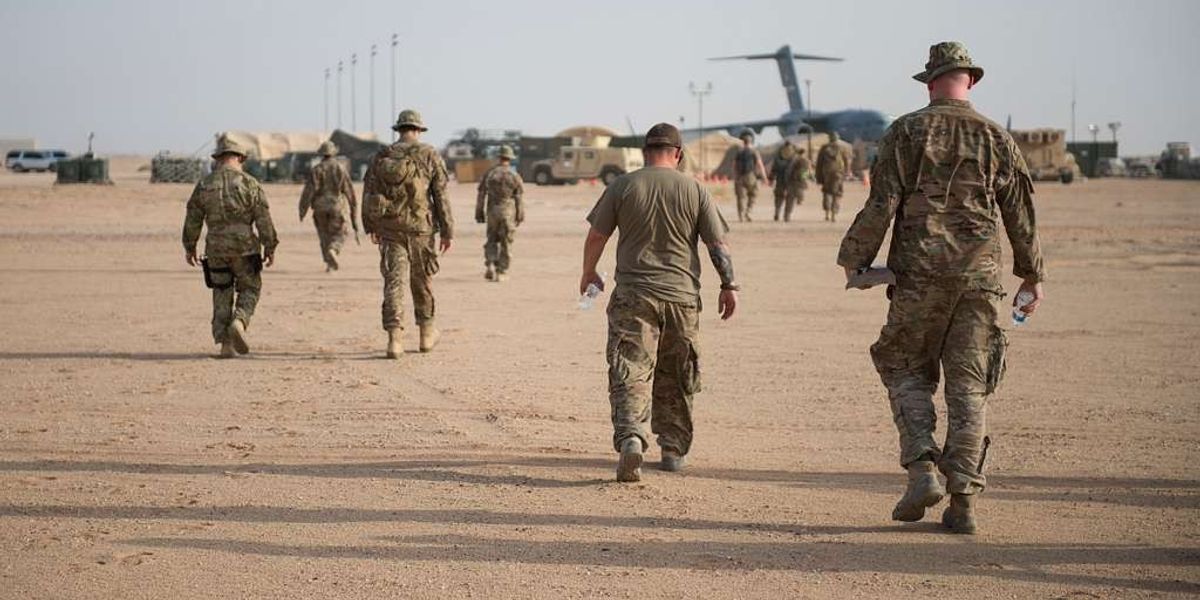The U.S. is sending additional troops to the Middle East, according to Pentagon press secretary Maj. Gen. Pat Ryder, as increasing violence between Israel and Hezbollah in southern Lebanon this week threatens to boil over into all-out war.
“Out of an abundance of caution, we are sending a small number of additional U.S. military personnel forward to augment our forces that are already in the region,” Ryder said Monday at a press briefing at the Pentagon. He did not provide a number of troops or specify their assigned mission.
The Pentagon’s decision comes on the same day as Israel’s deadliest attack on Lebanon since the 2006 Israel-Hezbollah War. The Lebanon Ministry of Public Health has reported over 490 deaths and 1,600 injuries from Israel’s 1,300 airstrikes on Monday morning — a number that will likely rise as rescue and recovery efforts continue.
For its part, Hezbollah fired a volley of rockets deep into Northern Israel on Sunday, some landing close to the city of Haifa.
The move to send more U.S. service members reflects a trend of steadily increasing the American military presence in the region since the start of the Israel-Hamas War on Oct. 7, 2023. According to AP, U.S. troop numbers jumped from around 34,000 before the war to 40,000 towards the end of 2023. Several weeks ago, that number rose to almost 50,000 when Defense Secretary Lloyd Austin ordered two aircraft carriers and their warships to remain in the region.
These recent increases in the Middle East bring the total estimated number of American military personnel stationed outside U.S. borders above and beyond the 225,175 (of which 165,830 are active-duty) reported by the Department of Defense in June. Ryder’s comments on Monday emphasized the U.S. military’s swift increases in resources and personnel.
“We have more capability in the region today than we did on April 14th when Iran conducted its drone and missile attack on Israel,” Ryder said.
The influx of troops is intended to protect Israel as well as Washington's own assets, troops, and 19+ military bases in the region. The U.S. Navy has stationed itself along three sides of the Arabian Peninsula — with ships in the Gulf of Oman, the Red Sea and the eastern Mediterranean Sea — keeping a close eye on Iran and its proxies in Yemen, Gaza and Lebanon.














